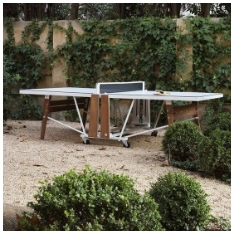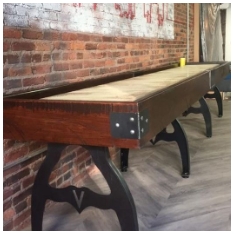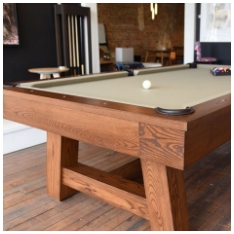Selecting the right flooring for a pool table is an essential part of setting up a game room. The flooring you choose affects the stability of the table, the comfort of the players, and the long-term maintenance of both the table and the room. Understanding the best flooring for a pool table helps prevent issues like uneven playing surfaces, floor damage, and discomfort during play.
In this article, we explore the most suitable flooring options for pool tables, explain what to avoid, and guide you through practical considerations to make the right choice.
Why Flooring Choice Matters for a Pool Table
The pool table is a heavy piece of furniture, often weighing several hundred kilograms. A poor flooring choice can lead to indentations, floor damage, and an uneven playing surface. The flooring must be strong enough to handle the table’s weight and stable enough to maintain a level playing field over time.
Additionally, the surface should allow comfortable movement for players around the table, providing the right balance between firmness and slight cushioning. Choosing the right flooring ensures both the longevity of the pool table and a comfortable playing experience.
Key Factors to Consider When Choosing Pool Table Flooring
When selecting the best flooring for a pool table, several factors come into play. These include weight distribution, ease of maintenance, room aesthetics, and player comfort. Below are the essential aspects to evaluate:
Durability
The flooring must support the significant weight of the pool table without bending, cracking, or becoming uneven. Durable flooring helps prevent costly repairs and keeps the table stable.
Stability
A level surface is crucial for accurate gameplay. Flooring that shifts, compresses, or sags under pressure can cause the pool table to tilt, making the game unfair or difficult to play.
Maintenance
The flooring should be easy to clean and resistant to scuff marks from cues or players' shoes. It should also handle occasional spills without staining or damage.
Comfort
Players spend considerable time standing, leaning, and moving around the pool table. Flooring with a slight give can reduce fatigue but should not be so soft that it causes instability.
Flooring Options to Avoid for Pool Tables
Not all flooring types are suitable for supporting a pool table. Some materials can lead to long-term damage or an unsatisfactory playing experience.
High-Pile Carpet
High-pile carpets compress easily and create an unstable base, which can result in an uneven playing surface. They also make leveling the table difficult.
Soft Cork Flooring
Cork is too soft to support the weight of a pool table and may dent or compress over time, leading to floor damage.
Floating Floors Without Underlayment
Floating floors that are not properly installed or lack underlayment may shift under the weight of the pool table, causing instability.

Additional Tips for Pool Table Flooring
To protect your flooring and pool table, consider these additional measures:
- Use Protective Pads: Install pads under the table’s legs to distribute the weight and prevent floor damage.
- Level the Table Properly: No matter the flooring, ensure the pool table is leveled accurately for a fair game.
- Consider Area Rugs: Placing a low-pile rug under the table can reduce noise and provide a softer standing surface. Ensure the rug is stable and does not slide.
Final Thoughts
When setting up a pool table, the flooring is just as important as the table itself. The right choice offers stability, protects your floor, and enhances the overall game room experience. Hardwood, engineered wood, luxury vinyl, and low-pile carpet are among the best options for supporting a pool table.
Always consider the weight of the table, the comfort of players, and the ease of maintenance before making your final decision. By choosing the appropriate flooring, you ensure that your pool table remains level and functional for years to come.





